Tzaw1
Airman 1st Class
I shall include it in a future "French guns and ammunition topic "
For good start
Aroarchives : l'armement
Follow along with the video below to see how to install our site as a web app on your home screen.
Note: This feature may not be available in some browsers.
Ad: This forum contains affiliate links to products on Amazon and eBay. More information in Terms and rules
I shall include it in a future "French guns and ammunition topic "
For good start
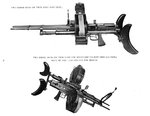
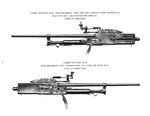
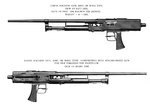

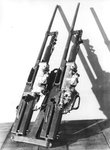


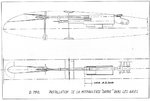
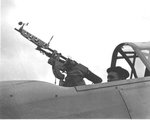


From where took British Hispano? 8)French guns and ammo? What French guns and ammo? They had guns and ammo?
From where took British Hispano? 8)
I know, you know...it was a joke...
Just kidding everyone, even this thread could use some humor.
Good info, especially for someone like myself who honestly does not know much about French weapons.
Pack of drawings and photoes Darne. Probably from aerostories
Installation in Amiot 123 and ammo: AP, AP with tracer, incendiary (from Vooruzhenye samolyeta. Sbornyk matyeryalov. Moscow 1941).
And all zipped in big dimension